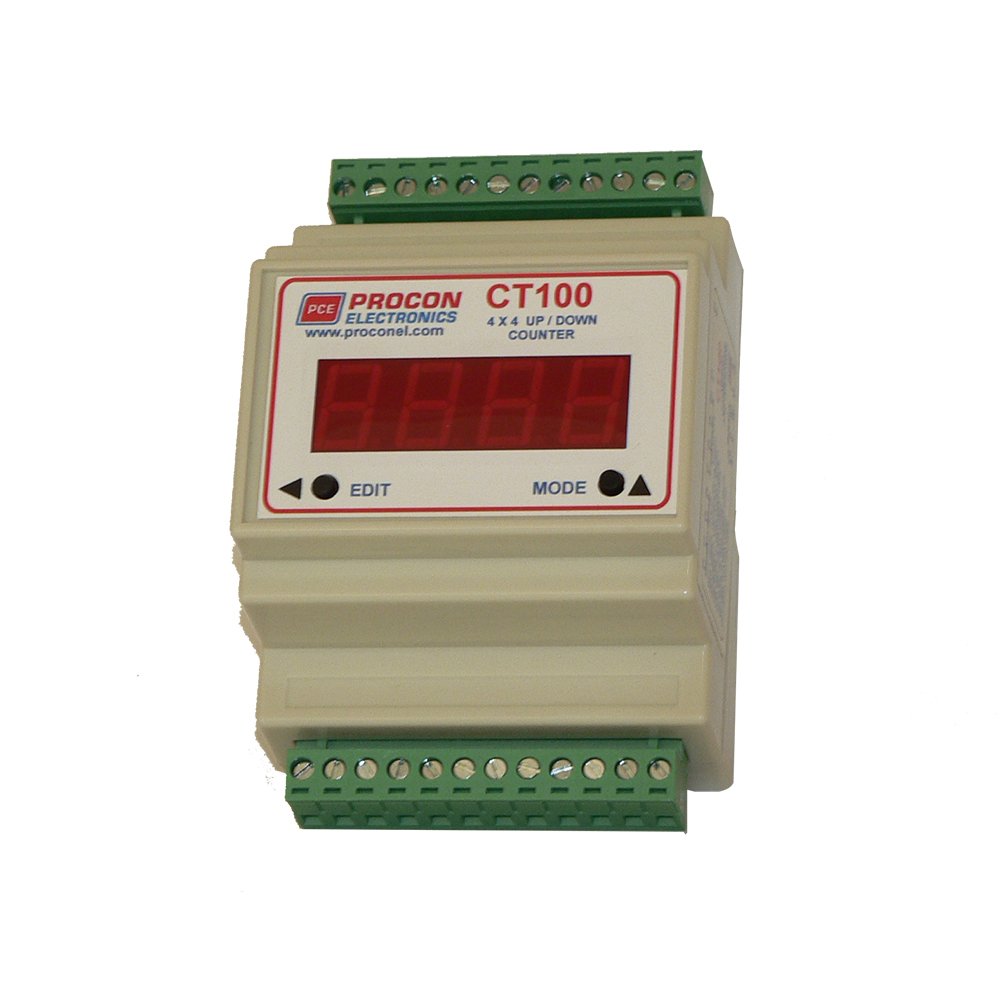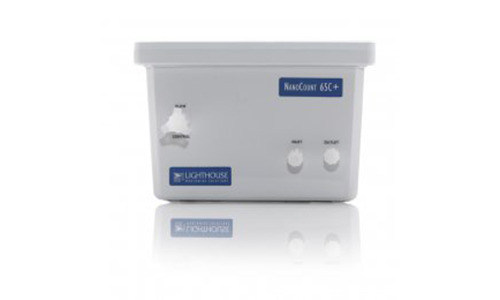

Because EVs have the capacity to induce physiological responses in recipient/target cells, they are of immense interest for many life science disciplines including immunology, cancer biology, and medicine. Exosomes, which range from 40-150nm, arise from the inward budding of late endosomes, and microvesicles, which range from 100-1000nm, develop as a result of outward budding of the plasma membrane.

The funders had no role in study design, data collection and analysis, decision to publish, or preparation of the manuscript.Ĭompeting interests: The authors have declared that no competing interests exist.Įxtracellular vesicles (EVs) encompass a broad class of membrane-enclosed structures secreted by cells, and are classified based on their size and subcellular origin. SN was supported by the Integrative Pharmacological Sciences Training Program grant T32GM092715. Data, supporting documentation, and vignettes can be accessed at the package website ( ).įunding: This research was supported by NIH grant R21HD091429, MSU AgBioResearch (NIFA MICL02447), and MSU funds (MGP).

This is an open access article distributed under the terms of the Creative Commons Attribution License, which permits unrestricted use, distribution, and reproduction in any medium, provided the original author and source are credited.ĭata Availability: tidyNano is an open source package developed in R, hosted on GitHub ( ), and freely available under the MIT license. Received: JanuAccepted: Published: June 18, 2019Ĭopyright: © 2019 Nguyen et al. PLoS ONE 14(6):Įditor: Shang-Chun Guo, Shanghai Jiao Tong University Affiliated Sixth People's Hospital, CHINA Our data highlight the utility of the mouse as a model of EV biology in pregnancy, and suggest that placental dysfunction is associated with reduced circulating EVs.Ĭitation: Nguyen SL, Greenberg JW, Wang H, Collaer BW, Wang J, Petroff MG (2019) Quantifying murine placental extracellular vesicles across gestation and in preterm birth data with tidyNano: A computational framework for analyzing and visualizing nanoparticle data in R.

Use of tidyNano facilitated rapid analysis of EV data importantly, this package provides a straightforward framework by which diverse types of large datasets can be simply and efficiently analyzed, is freely available under the MIT license, and is hosted on GitHub ( ). Additionally, lipopolysaccharide treatment resulted in a significant reduction in circulating EV concentrations relative to vehicle-treated controls at GD16.5 within 4 hours. In mice, EV concentration in blood increased linearly across pregnancy, with significant rises at GD14.5 and 17.5 relative to EV concentrations in nonpregnant females. We also developed shinySIGHT, a Shiny web application that allows for interactive exploration and visualization of EV data.
Nanocount 1000 vehicle counter software#
To facilitate data analysis, we developed a novel software package, tidyNano, an R package that provides functions to import, clean, and quickly summarize raw data generated by the nanoparticle tracking device, NanoSight (Malvern Panalytical). In this study, we used a murine model to determine whether the quantity of EVs is altered during healthy pregnancy and during inflammation-associated preterm birth. However, most studies of pregnancy-associated EVs have used clinical samples and in vitro models to date, few studies have taken advantage of murine models in which pregnancy can be precisely timed and manipulated. In pregnancy, EVs are released in high quantities from the placenta and have been postulated to target multiple cell types, including those of the vascular and immune systems. Extracellular vesicles (EVs) are increasingly recognized as important mediators of intercellular communication that carry protein, lipids, and nucleic acids via the circulation to target cells whereupon they mediate physiological changes.


 0 kommentar(er)
0 kommentar(er)
